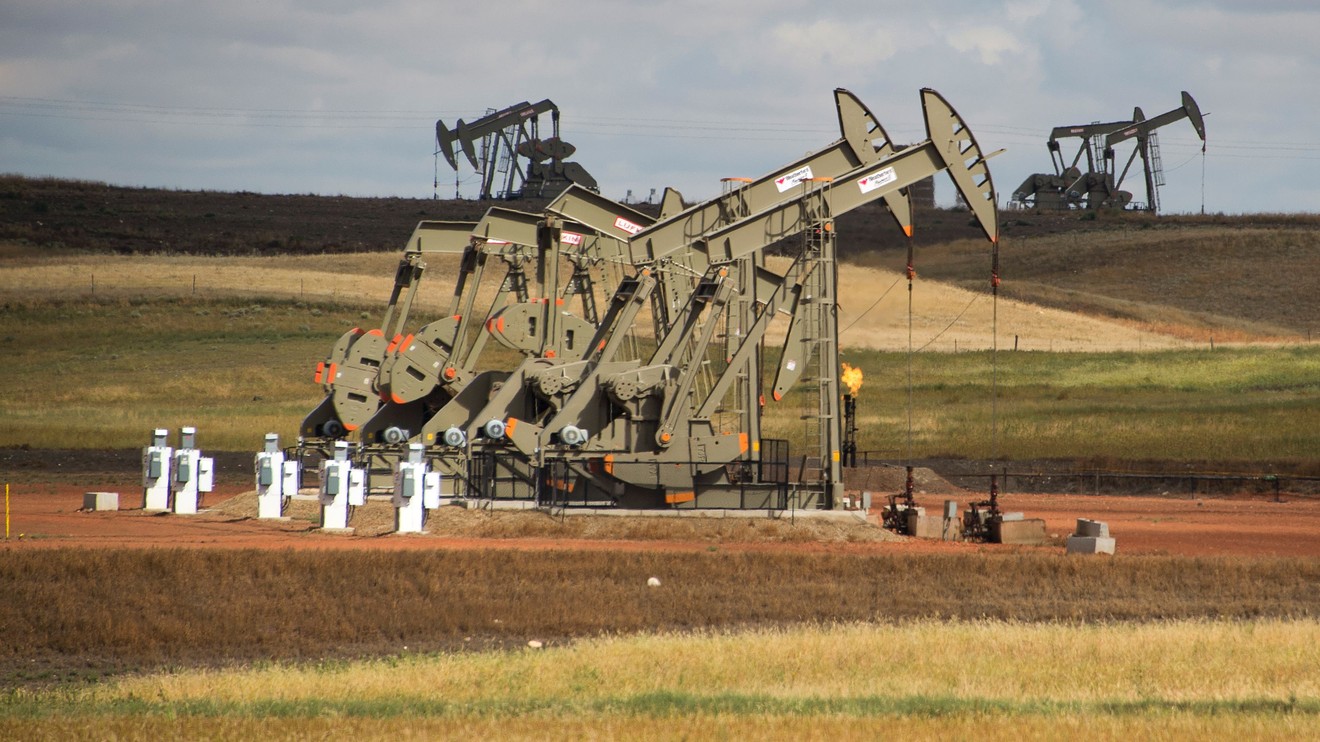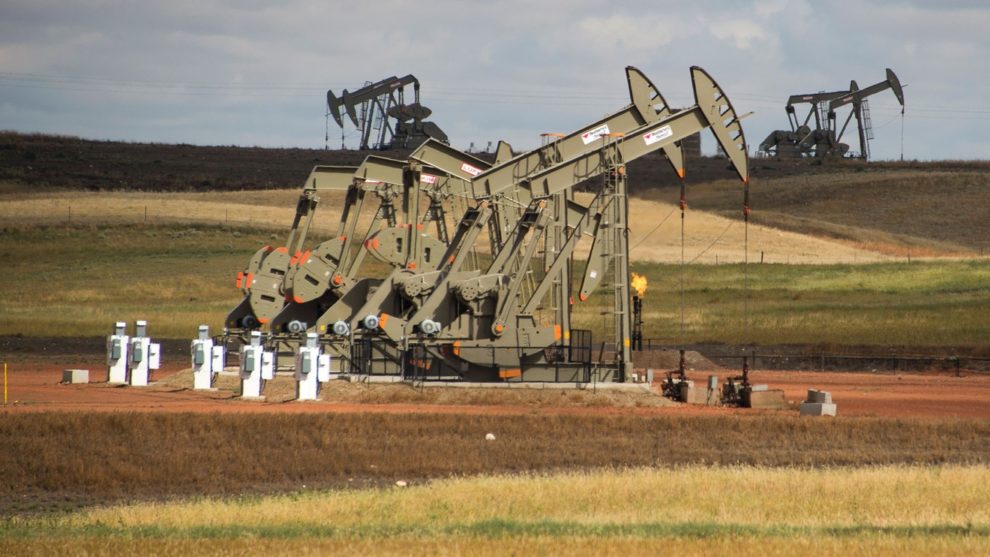
Shale to the rescue? Not right away, but the jump in oil prices Monday following a weekend attack on Saudi Arabia’s production facilities will likely be a boon to U.S. shale producers, who do stand to benefit, particularly if the outages prove long-lasting, analysts said.
See: Why the Saudi oil attack is a ‘big deal’
Ironically, it was the rapid growth in U.S. crude output that had previously led traders and analysts alike to play down geopolitical risks amid relatively tight spare capacity, Stewart Glickman, an analyst at CFRA, told MarketWatch. That changed after the attacks were estimated to have knocked out around half of Saudi Arabia’s output, roughly equal to around 5% of total global production.
Read: Why some analysts believe oil hitting $100 a barrel soon is unlikely
“You can’t conjure up 5 to 6 million barrels a day overnight, which his how much has just come offline for Saudi Arabia,” Glickman said. Whether Saudi output bounces back quickly or not, the illusion that the kingdom’s production is immune to attacks has been destroyed, which means the rebuilding of a risk premium that should put a floor under crude prices in the $60 range.
That’s good news for shale producers, particularly those that hadn’t yet put in place hedges that effectively locked in prices for 2019 or 2020 production. The key question now is: How long will a substantial chunk of Saudi output remain offline? If sustained, there’s a great chance U.S. shale producers will step in to fill the global gap, and could also serve to boost shale volume, he said.
Also see: These oil stocks are rising the most after supply disruption in the Middle East
Crude-oil production from seven major U.S. shale plays was forecast to climb by 74,000 barrels a day in October to 8.843 million barrels a day, according to a report from the Energy Information Administration released Monday.
Oil futures rose sharply on Monday, with West Texas Intermediate crude for October delivery CLV19, +12.85% , the U.S. benchmark, jumping more than $8 a barrel, or 14.7%, to end at a nearly four-month high after posting its largest one-day percentage gain since September 2008, according to Dow Jones Market data.
Nearby oil futures rallied more than deferred contracts — reflecting increased demand for barrels in response to the lost supply. But those deferred contracts still saw strong gains, with the April 2020 contract CLJ20, +7.81%, for instance, up around 9% to $58.06 a barrel.
Also, WTI’s discount to global benchmark Brent BRNX19, -1.41% widened. November Brent futures on ICE Europe saw a record one-day percentage gain of 14.6%, rising $8.80 a barrel to end at $69.02. November WTI rose $7.87, or 12.6%, to end at $62.67 a barrel. The previous narrowing of that spread had been seen as potentially crimping U.S. export prospects.
The latest price action means the U.S. shale industry stands to directly benefit from the incident, “and it will be interesting to see how quickly additional barrels can be brought onto the market from the U.S.,” wrote analysts at JBC Energy, a Vienna-based consulting firm.
“However, this question is — at least for the next couple of months — less one of actual production, but much more one of logistics. And here the massive ongoing expansion of the system will prove an important cooling factor,” they said.
The opening of a pair of new pipelines to transport oil from the Permian Basin to the Gulf of Mexico has helped ease logistical constraints that were previously crimping export capabilities, analysts said. And the U.S. energy industry has been significantly ramping up its export capacity.
Meanwhile, Asia stands to suffer most from a prolonged Saudi outage, which would give U.S. producers the opportunity to take on more long-haul trade, Glickman said.
China, South Korea and Japan are the biggest importers of Saudi crude in Asia, with China and Japan leading the pack at around 900,000 to 1.1 million barrels a day, according to research firm Wood Mackenzie, which puts total Asian demand for Saudi crude at around 5 million barrels a day.
Also unclear is what the shift means for shale producers’ budget plans in 2020.
The big question is whether shale producers look to add extra rigs next year or finish uncompleted wells and bring them into production, or instead opt to simply accept the price hike and move to put balance sheets in order and generate free cash flow, Glickman said.











Add Comment